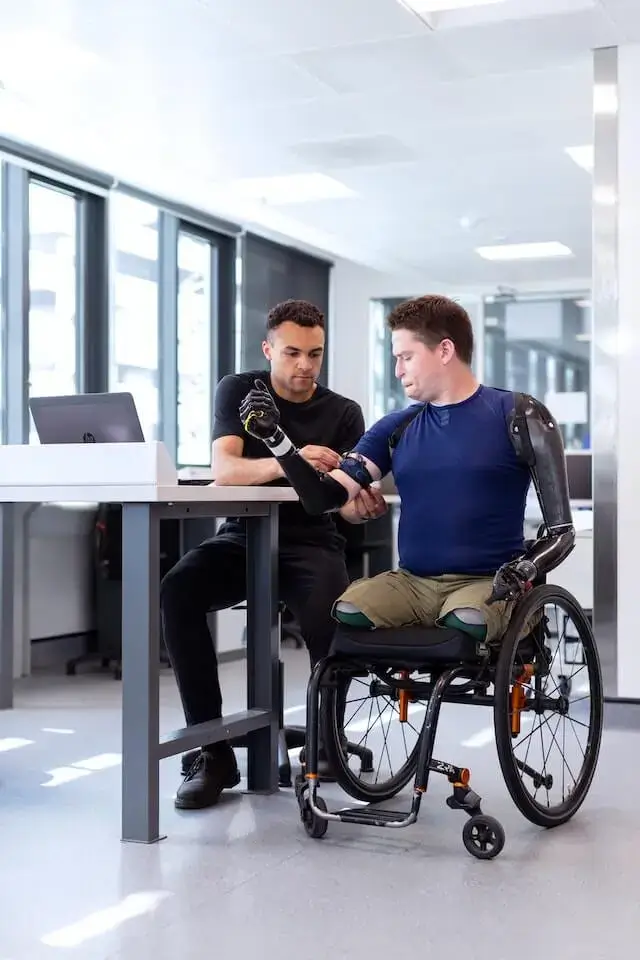Introduction : Human Factors Engineering
Human Factors Engineering is the application of engineering principles to optimize human performance and satisfaction in systems ranging from aircraft cockpits to computer interfaces. It’s a broad field that encompasses many subfields, but it can be broken down into three major components lets dive in :
- Human Performance – Understanding how humans interact with their environments and each other, both individually and as groups.
- Ergonomics – Designing products in ways that make them easier to use by people of all ages and abilities (including those with disabilities).
- Usability – Ensuring that software or hardware works well for its intended users by testing it before release, collecting feedback during use, fixing bugs quickly when they’re found post-release–and so much more!
Types of Human Factors Engineering
Human factors engineering is the study of how people interact with systems, products, and environments. It looks at how we can design systems that are easier to use and safer for people.
Human factors engineers use their knowledge of cognitive psychology, physiology, biomechanics and other disciplines to create products that are safe and easy to use. They may work on anything from cars and aircraft to medical devices or computers in schools.
The Human Factor in Business
Human factors engineering is the study of how humans interact with machines and other products. It’s a scientific discipline that applies principles from psychology, engineering and ergonomics to create products that are safer and easier to use.
Human factors engineers can help you improve your business by making sure your employees are safe at work, increasing their productivity, reducing errors and improving engagement with their jobs.
Conclusion
Human factors engineering is a field of study that focuses on the interactions between people and their environments. It’s concerned with understanding how people interact with systems, machines, tools and processes so that designers can create products that are easier to use.
the H M engineering helps to make products safer by reducing errors caused by poor design or bad ergonomics (the science of fitting the body to its environment). It also helps companies improve productivity by creating more efficient workflows for employees who use computers or other equipment in their jobs every day.

